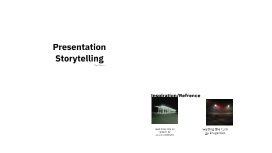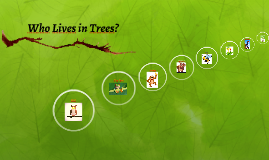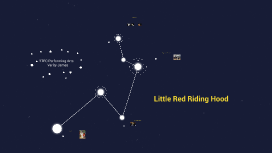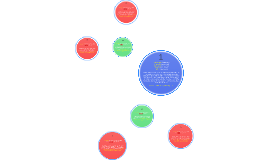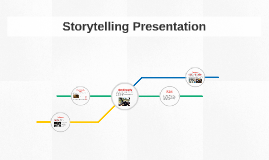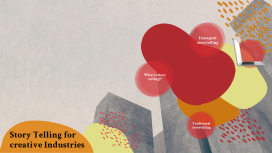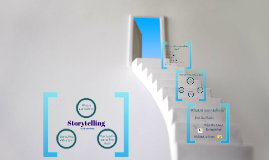Storytelling Presentation
Transcript: Practical Ideas Staging & Technical Story-telling techniques Instead of staging the entire house / room, we could just use a bed to represent the grandmother's bedroom, and a doorway. We could use a spotlight on Little Red Riding Hood during her journey through the forest. We could create a tree canopy that is suspended above little red riding hood. We could make it using scraps of fabric, tissue paper and branches. If we hung it low enough it could also create a frightening sense of claustrophobia and immerse the audience into the performance. We could use shadow puppets to show the wolf eating the grandmother We could use a mask and gloves / a puppet to show the wolf We could also take inspiration from pantomimes by breaking the fourth wall and speaking to the children directly. For example Little Red Riding Hood could ask the audience if they think her grandmother seems 'strange' and the actor could naively pretend like she is to create more suspense and keep them engaged. We could also use sound and music in certain parts such as when she is travelling through the forest, we could get the children to sing along as if they are making the journey with her to add atmosphere. Marionette puppets could show her other encounters in the forest such as bears or monsters to promote a very eerie and frightening atmosphere. Target Audience Research Little Red Riding Hood includes a range of dark themes, such as the death of the grandmother, the evil and deceptive yet cunning wolf, Little Red Riding Hood’s frightening journey through the forest, and her near death at the end. The protagonist would be of a similar age to the children, so the children would enjoy that the main character is similar to them and relatable. It contains the excitement that the children commented on enjoying with the battle of the wolf and the little girl, as well as one of their favourite tropes being a main character (the wolf). Furthermore, they would recognise the well known fairytale and enjoy a creative new adaptation of it. BTEC Performing Arts Verity James Little Red Riding Hood Why I chose this story We learnt from the Year 3 students that they like a lot of darker/scarier themes. We learnt that they especially enjoy Harry Potter, themes of death, themes of nature, ect. We also learnt that they enjoy children of similar ages to them as the protagonist in stories. They also said that they prefer stories that include adventures, and that they like wolves (much more than dragons, for example). Therefore I thought that Little Red Riding Hood would be an easily adaptable story that we could present that has very similar themes to the likes of the children. We could apply a particular focus on the aspects that will appeal to them most e.g. we can prioritise her journey through the forest (potentially using a song / live music), and the characterisation / exaggeration of the wolf. Synopsis One day, a young girl’s mother asks her to go and visit her grandmother, who lives in the next village. She meets a talking wolf while travelling through the woods, who asks her where she’s going. The girl tells him that she’s going to visit her grandmother, and tells him she lives in the first house in the village. The grandmother, who is in bed unwell, tells the wolf, believing him to be Little Red Riding Hood, to come in. The wolf does so, and immediately devours her. When Little Red Riding Hood eventually arrives, the wolf pretends to be the girl’s grandmother. After she enters the house, she is surprised by her grandmother’s big arms (‘all the better for embracing you, my child!’ her ‘grandmother’ replies), her deep voice, and her big teeth (‘all the better to eat you with!’). He proceeds to eat Little Red Riding Hood.






